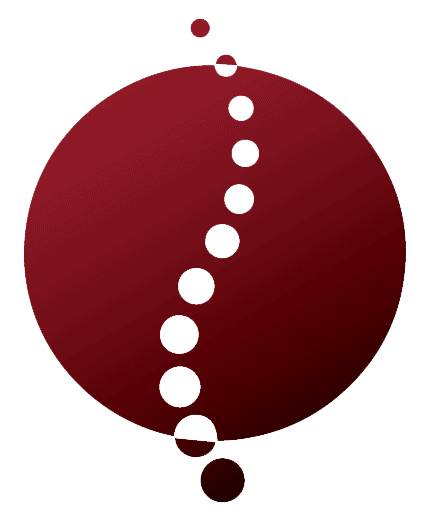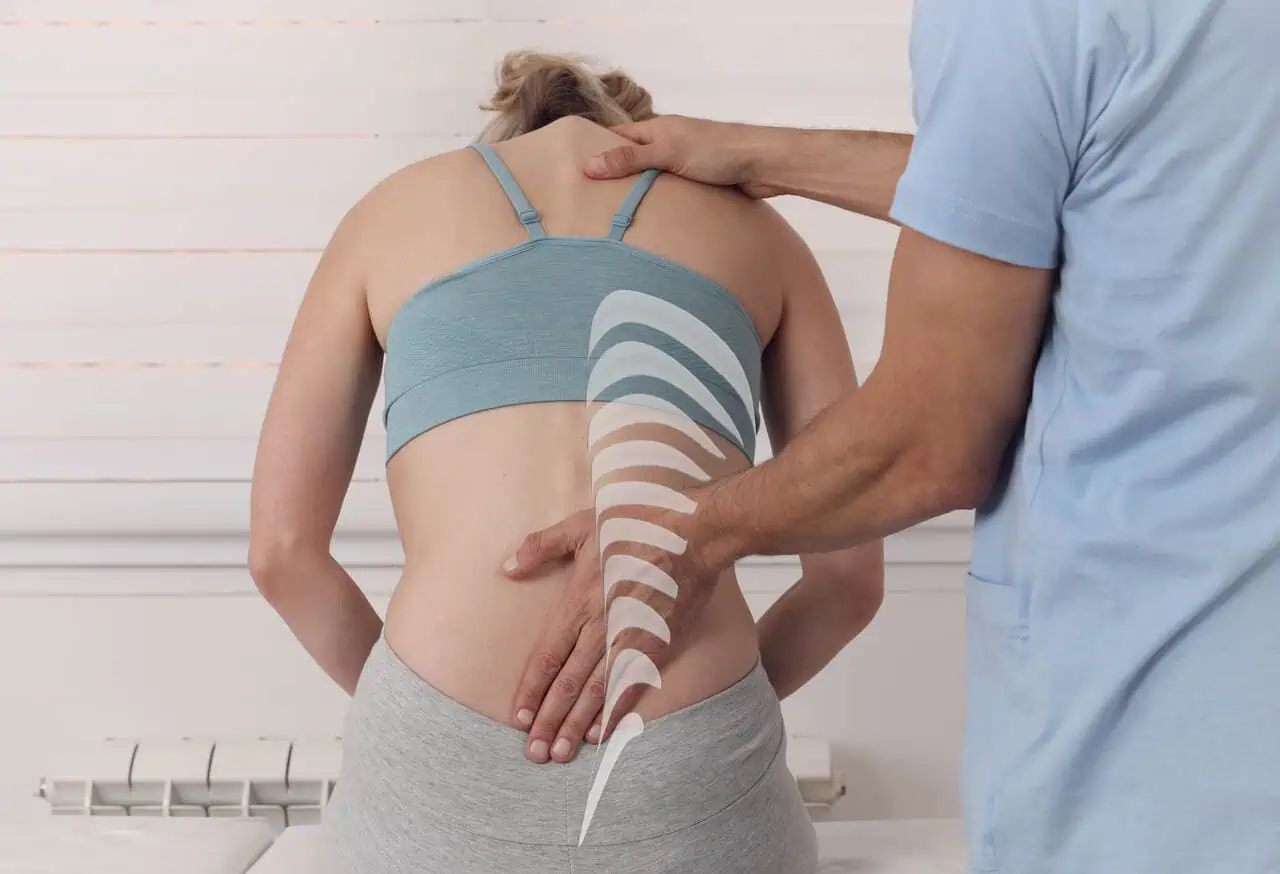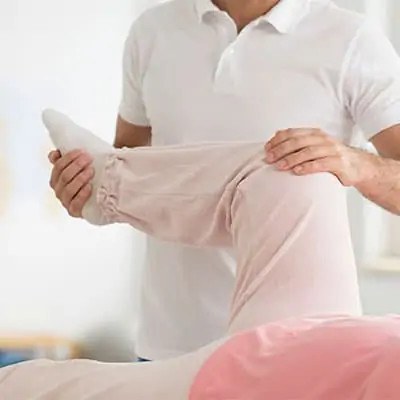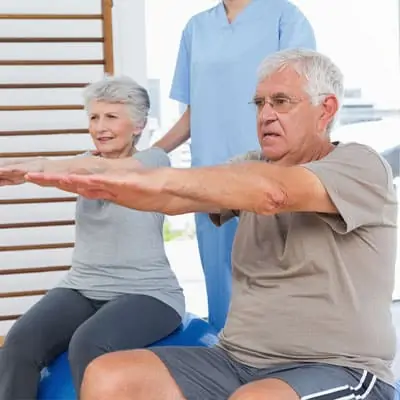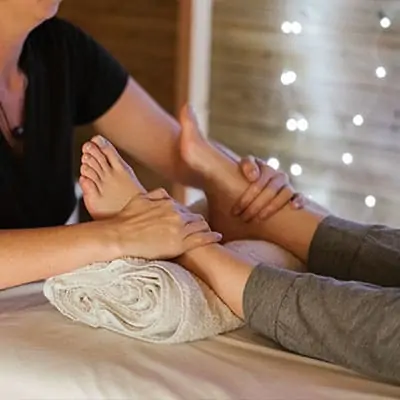Understanding Scoliosis
What is Scoliosis?
Scoliosis is a medical condition characterized by an abnormal lateral curvature of the spine. Instead of maintaining a straight alignment, the spine curves to the side, resembling an “S” or “C” shape. This condition can affect individuals of all ages, but it is often diagnosed during adolescence. Scoliosis can range from mild to severe, and in some cases, it may require medical intervention.
| Feature | Description |
|---|---|
| Definition | Abnormal lateral curvature of the spine |
| Common Shapes | “S” or “C” shape |
| Age of Onset | Often diagnosed during adolescence |
For more detailed information on scoliosis, visit our page on scoliosis.
Types of Scoliosis
There are several types of scoliosis, each with unique causes and characteristics. Understanding the different types can help in identifying the appropriate treatment and management strategies.
| Type | Description |
|---|---|
| Idiopathic Scoliosis | The most common type, with no known cause. Typically diagnosed in adolescents. |
| Congenital Scoliosis | Caused by abnormal spinal development before birth. |
| Neuromuscular Scoliosis | Associated with neurological or muscular conditions like cerebral palsy or muscular dystrophy. |
| Degenerative Scoliosis | Occurs in adults due to spinal degeneration or arthritis. |
Learn more about the different types of scoliosis to better understand the specific characteristics and treatments for each.
Effects of Scoliosis on Adults
Scoliosis can have various effects on adults, impacting physical health and quality of life. The severity and type of scoliosis often determine the extent of these effects.
| Effect | Description |
|---|---|
| Pain | Chronic back pain is common due to muscle strain and spinal misalignment. |
| Mobility Issues | Reduced flexibility and range of motion can affect daily activities. |
| Respiratory Problems | Severe curvature can impact lung function and breathing. |
| Emotional Impact | The condition can lead to self-esteem issues and emotional distress. |
For more insights on how scoliosis affects adults, refer to our article on scoliosis in adults.
Understanding scoliosis and its various aspects is crucial for effective management and treatment. For exercises specifically designed to help adults with scoliosis, check out our guide on scoliosis exercises for adults.
Importance of Exercise
Exercise plays a crucial role in managing scoliosis. It helps in improving flexibility, strengthening muscles, and correcting posture. Understanding the benefits and precautions of exercise for scoliosis can empower you to take control of your condition.
Benefits of Exercise for Scoliosis
Engaging in regular exercise can provide numerous benefits for individuals with scoliosis. Here are some key advantages:
- Improves Flexibility: Stretching exercises help in enhancing the flexibility of the spine and surrounding muscles, reducing stiffness and discomfort.
- Strengthens Muscles: Strengthening exercises target the core and back muscles, providing better support for the spine and reducing the progression of the curve.
- Enhances Posture: Posture-correcting exercises can help in realigning the spine, improving overall posture, and reducing pain.
- Reduces Pain: Regular exercise can alleviate scoliosis pain by improving muscle strength and flexibility, leading to better support for the spine.
- Boosts Mental Health: Physical activity releases endorphins, which can improve mood and reduce anxiety associated with scoliosis.
| Benefit | Description |
|---|---|
| Improves Flexibility | Enhances spine and muscle flexibility |
| Strengthens Muscles | Targets core and back muscles |
| Enhances Posture | Realigns the spine for better posture |
| Reduces Pain | Alleviates pain through improved muscle support |
| Boosts Mental Health | Releases endorphins to improve mood |
Precautions Before Starting Exercises
Before starting any exercise regimen, it is essential to take certain precautions to ensure safety and effectiveness. Here are some important considerations:
- Consult a Healthcare Professional: Always consult with a healthcare provider or a physical therapist before beginning any exercise program. They can provide personalized recommendations based on your specific condition.
- Start Slowly: Begin with low-impact exercises and gradually increase the intensity. This helps in preventing any sudden strain on your spine and muscles.
- Use Proper Technique: Ensure that you are using the correct form and technique for each exercise. Incorrect form can lead to injuries and worsen your condition.
- Listen to Your Body: Pay attention to how your body responds to exercises. If you experience any pain or discomfort, stop immediately and consult your healthcare provider.
- Avoid High-Impact Activities: Activities that involve heavy lifting or high impact can exacerbate scoliosis symptoms. Stick to low-impact exercises that are gentle on the spine.
| Precaution | Description |
|---|---|
| Consult a Healthcare Professional | Seek personalized advice from a provider |
| Start Slowly | Gradually increase exercise intensity |
| Use Proper Technique | Ensure correct form to avoid injury |
| Listen to Your Body | Stop if experiencing pain or discomfort |
| Avoid High-Impact Activities | Stick to low-impact, gentle exercises |
Understanding these benefits and precautions can help you effectively incorporate exercise into your scoliosis management plan. For more information on specific exercises, visit our article on scoliosis exercises.
Recommended Exercises
Engaging in the right exercises can help manage scoliosis and improve your overall quality of life. Here are some recommended exercises that focus on stretching, strengthening, and correcting posture.
Stretching Exercises
Stretching exercises are essential for maintaining flexibility and reducing stiffness in the muscles around the spine. These exercises can help alleviate pain and improve your range of motion.
- Cat-Cow Stretch: This exercise helps to stretch and strengthen the spine.
- Child’s Pose: A gentle stretch for the lower back.
- Side Stretch: Focuses on the muscles along the sides of your body.
| Exercise Name | Target Area | Duration (seconds) |
|---|---|---|
| Cat-Cow Stretch | Spine | 30 |
| Child’s Pose | Lower Back | 30 |
| Side Stretch | Sides of Body | 30 each side |
For more detailed instructions on stretching exercises, check out our article on scoliosis exercises.
Strengthening Exercises
Strengthening exercises are crucial for building muscle support around the spine, which can help reduce the curvature and provide stability.
- Plank: Strengthens the core muscles.
- Bridges: Targets the glutes and lower back.
- Superman: Focuses on the lower back and glutes.
| Exercise Name | Target Area | Repetitions |
|---|---|---|
| Plank | Core | 3 sets of 30 seconds |
| Bridges | Lower Back, Glutes | 3 sets of 10 |
| Superman | Lower Back, Glutes | 3 sets of 10 |
Strengthening exercises are a key part of a comprehensive scoliosis management plan.
Posture Correcting Exercises
Posture correcting exercises aim to improve your overall posture and alignment, which can help reduce the symptoms of scoliosis and prevent further curvature.
- Wall Angels: Helps with shoulder and upper back alignment.
- Seated Rows: Strengthens the upper back and improves posture.
- Chin Tucks: Focuses on the neck and upper spine.
| Exercise Name | Target Area | Repetitions |
|---|---|---|
| Wall Angels | Shoulders, Upper Back | 3 sets of 10 |
| Seated Rows | Upper Back | 3 sets of 10 |
| Chin Tucks | Neck, Upper Spine | 3 sets of 10 |
For more information on posture correcting exercises and other scoliosis treatment options, visit our related articles.
Incorporating these exercises into your daily routine can significantly impact your scoliosis management. Always consult with a healthcare professional before starting any new exercise program to ensure it’s appropriate for your specific condition.
Pilates and Yoga for Scoliosis
Engaging in Pilates and Yoga can be highly beneficial for managing scoliosis. These forms of exercise focus on improving strength, flexibility, and posture, which are crucial for individuals dealing with scoliosis.
Benefits of Pilates for Scoliosis
Pilates is known for its emphasis on core strength and alignment, making it an excellent choice for those with scoliosis. The controlled movements help to strengthen the muscles supporting the spine, enhance flexibility, and improve overall posture.
Some key benefits of Pilates for scoliosis include:
- Core Strengthening: Pilates exercises target the deep abdominal and back muscles, providing better support for the spine.
- Improved Posture: Regular practice can help to correct postural imbalances caused by scoliosis.
- Increased Flexibility: Pilates stretches the muscles, reducing stiffness and improving range of motion.
- Pain Relief: Strengthening and stretching the muscles can help alleviate discomfort associated with scoliosis.
Benefits of Yoga for Scoliosis
Yoga offers a holistic approach to managing scoliosis by combining physical postures, breathing exercises, and meditation. It helps to balance the body, mind, and spirit, which can be particularly beneficial for individuals with scoliosis.
Key benefits of Yoga for scoliosis include:
- Enhanced Flexibility: Yoga poses stretch and elongate the muscles, promoting flexibility and reducing spinal rigidity.
- Strength Building: Certain yoga poses strengthen the muscles around the spine, providing better support and stability.
- Stress Reduction: The meditative aspects of yoga can help to reduce stress and tension, which may exacerbate scoliosis symptoms.
- Improved Body Awareness: Yoga encourages mindfulness and awareness of body alignment, helping you to make conscious adjustments to your posture.
Specific Poses and Movements
Both Pilates and Yoga offer specific exercises that can be particularly beneficial for individuals with scoliosis. Incorporating these poses into your routine can help manage the condition effectively.
Pilates Exercises
- Pelvic Tilts: Strengthens the lower back and abdominal muscles.
- Spine Stretch Forward: Enhances flexibility in the spine and hamstrings.
- Single Leg Stretch: Improves core strength and stability.
Yoga Poses
- Cat-Cow Pose: Increases flexibility and mobility in the spine.
- Child’s Pose: Stretches the lower back and promotes relaxation.
- Triangle Pose: Strengthens the legs and stretches the spine.
| Exercise | Benefits |
|---|---|
| Pelvic Tilts | Strengthens lower back and abs |
| Spine Stretch Forward | Enhances flexibility |
| Single Leg Stretch | Improves core strength |
| Cat-Cow Pose | Increases spine flexibility |
| Child’s Pose | Stretches lower back |
| Triangle Pose | Strengthens legs, stretches spine |
Incorporating these exercises into your routine can significantly improve your scoliosis management. For more information on scoliosis exercises, check out our article on scoliosis exercises. Additionally, consulting a professional for personalized guidance is always recommended. Visit our page on scoliosis physical therapy for more details.
Cardiovascular Exercises
Cardiovascular exercises play a significant role in managing scoliosis. These exercises help improve overall fitness and can aid in reducing scoliosis-related symptoms.
Importance of Cardio for Scoliosis
Cardio exercises are crucial for maintaining a healthy heart and lungs, which is particularly important for those dealing with scoliosis. Regular cardiovascular activity can enhance blood flow, increase stamina, and reduce discomfort associated with scoliosis. Engaging in cardio can also support weight management, which alleviates pressure on the spine and reduces pain.
| Benefits of Cardio for Scoliosis |
|---|
| Improved cardiovascular health |
| Enhanced blood circulation |
| Increased stamina and endurance |
| Weight management |
| Reduced pain and discomfort |
For more information about managing scoliosis, you can visit our article on scoliosis exercises.
Low-Impact Cardio Options
Individuals with scoliosis should opt for low-impact cardio exercises to avoid putting unnecessary strain on their spine. These exercises are gentler on the joints and can be easily incorporated into a daily routine. Here are some effective low-impact cardio options:
- Walking: A simple yet effective way to improve cardiovascular health. Aim for brisk walks to get your heart rate up without stressing your spine.
- Swimming: This exercise provides a full-body workout while supporting your body weight, making it perfect for those with scoliosis.
- Cycling: Using a stationary bike can offer a good cardio workout without the impact stress on your spine.
- Elliptical Trainer: This machine provides a smooth, gliding motion that minimizes joint impact while offering effective cardiovascular benefits.
| Low-Impact Cardio Options | Benefits |
|---|---|
| Walking | Improves cardiovascular health, low impact on joints |
| Swimming | Full-body workout, supports body weight |
| Cycling | Effective cardio, minimal spine stress |
| Elliptical Trainer | Smooth motion, reduces joint impact |
Incorporating these low-impact cardio exercises into your routine can greatly benefit your overall well-being and help manage scoliosis symptoms. For additional guidance, consider seeking advice from a physical therapist or a qualified trainer to tailor a cardio plan that suits your specific needs. For more tips, visit scoliosis physical therapy.
Seeking Professional Guidance
When dealing with scoliosis, seeking professional guidance can make a significant difference in managing the condition effectively. Consulting a physical therapist and working with a qualified trainer are two key steps you can take to ensure your exercise routine is safe and beneficial.
Consulting a Physical Therapist
A physical therapist is trained to help individuals with various musculoskeletal conditions, including scoliosis. They can assess your specific needs and develop a personalized exercise plan tailored to your condition. Here are some benefits of consulting a physical therapist for scoliosis:
- Personalized Assessment: A thorough evaluation of your spinal curvature, posture, and range of motion.
- Customized Exercise Plan: Exercises designed to target your specific spinal curvature and improve flexibility, strength, and posture.
- Monitoring Progress: Regular check-ins to adjust your exercise plan based on your progress and any changes in your condition.
- Education: Information on proper techniques and precautions to avoid injury.
To learn more about the role of physical therapy in scoliosis management, visit our article on scoliosis physical therapy.
Working with a Qualified Trainer
In addition to a physical therapist, a qualified trainer can provide valuable support in managing scoliosis through exercise. A trainer experienced in working with individuals with scoliosis can help you stay motivated and ensure you are performing exercises correctly. Here are the benefits of working with a qualified trainer:
- Expert Guidance: Instruction on proper form and technique to maximize the effectiveness of your exercises.
- Motivation and Support: Encouragement and accountability to keep you committed to your exercise routine.
- Adaptation of Exercises: Modifications to exercises to suit your comfort level and physical capabilities.
- Safety: Ensuring that exercises are performed safely to prevent injury.
It’s important to choose a trainer who has experience working with scoliosis patients. They should be knowledgeable about the condition and understand the unique challenges it presents.
For further information on scoliosis exercises and tips, check out our article on scoliosis exercises.
By consulting a physical therapist and working with a qualified trainer, you can take control of your scoliosis and improve your overall quality of life. Remember to always prioritize your safety and well-being when engaging in any exercise routine. Visit our resources on scoliosis treatment for more insights.
